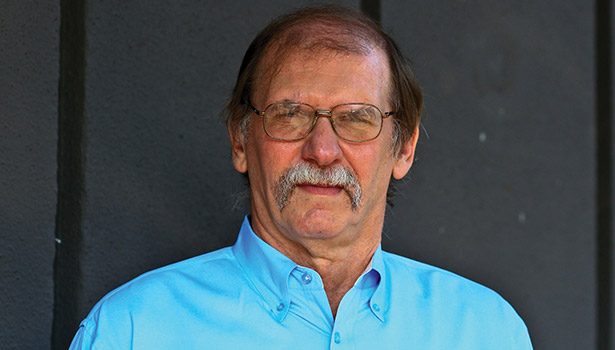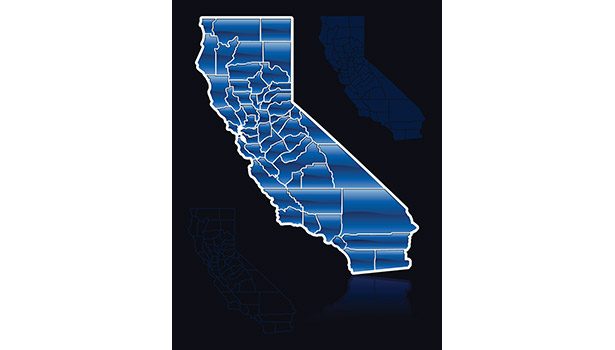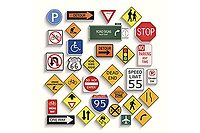We all knew it was coming. The California’s Safer Consumer Regulation has been on everybody’s radar screen for years. The Department of Toxic Substances Control (DTSC) made it clear last October that at least three Priority Products would be identified in the spring. Still, when the smoke cleared on March 13, I have to admit I was a bit flummoxed by the fact that the agency thought spray polyurethane foam (SPF) systems should be at the top of the list to undergo a review to determine if there were safer chemical substitutes for these product formulations.
Making a List
During the last few years, as we were working through the rule development process, I imagined that the DTSC would start by concentrating on products widely used by millions of California consumers on a daily basis. Instead, it has chosen to focus on a product category that 1) falls more into the area of commercial application; 2) has an extremely active product stewardship program; and 3) is currently undergoing a thorough evaluation by the U.S. Environmental Protection Agency (EPA).
In a recent ASI column, I addressed the Toxic Substances Control Act (TSCA) reform and the need for industry protection from state preemptory activities (“TSCA Reform - Can the Senate Get There in 2014?”). The latest DTSC announcement perfectly illustrates why controlling state preemption in any TSCA reform effort is not just a priority, but a necessity.
Because this is the DTSC’s first attempt at selecting products to undergo the alternative analysis process, it appears it is going to move a bit more cautiously before they finalize their choices. It is also looking at children’s bedding containing chlorinated TRIS and paint strippers with methylene chloride.
Checking it Twice
This spring, the DTSC held three workshops throughout California to give interested parties the opportunity to challenge these initial product choices. The ASC joined with a number of associations and interested companies in raising questions not only about some of the agency’s basic misassumptions regarding the safety of these products, but also some of its proposed alternatives for building insulation materials. Hemp, straw, cotton and plastic fibers from recycled milk bottles were some of my favorites.
This summer, the agency is expected to chew on the comments it received during May and June. In October, it will issue a proposed rule that will most likely recognize these first three categories. As a rule proposal, this will allow for one more opportunity in the fall and early winter for companies to make their concerns known about why this particular product category is the wrong one to be under review. By next April, the DTSC expects to finalize this rule, at which time companies manufacturing these Priority Products will begin the evaluation process that will likely lead to an alternative formulation that eliminates the chemical of concern—or the removal of the product in question from the California market.
Looking Ahead
After the proposed rule comes out in October, it will be critical for everyone within our industry to let the DTSC know emphatically that the agency has made a big mistake with its initial choice of SPF as a Priority Product. While the easier approach might be to look the other way—especially if you’re not in the spray foam business—and let a handful of impacted manufacturers fight this battle alone, I’m not sure it would be a wise one.
Before you decide this is somebody else’s fight, remember the words of a certain California governor, who just happened to promote the law that started this whole process: “I’ll be back.”
Any views or opinions expressed in this column are those of the author and do not represent those of ASI, its staff, Editorial Advisory Board or BNP Media.



